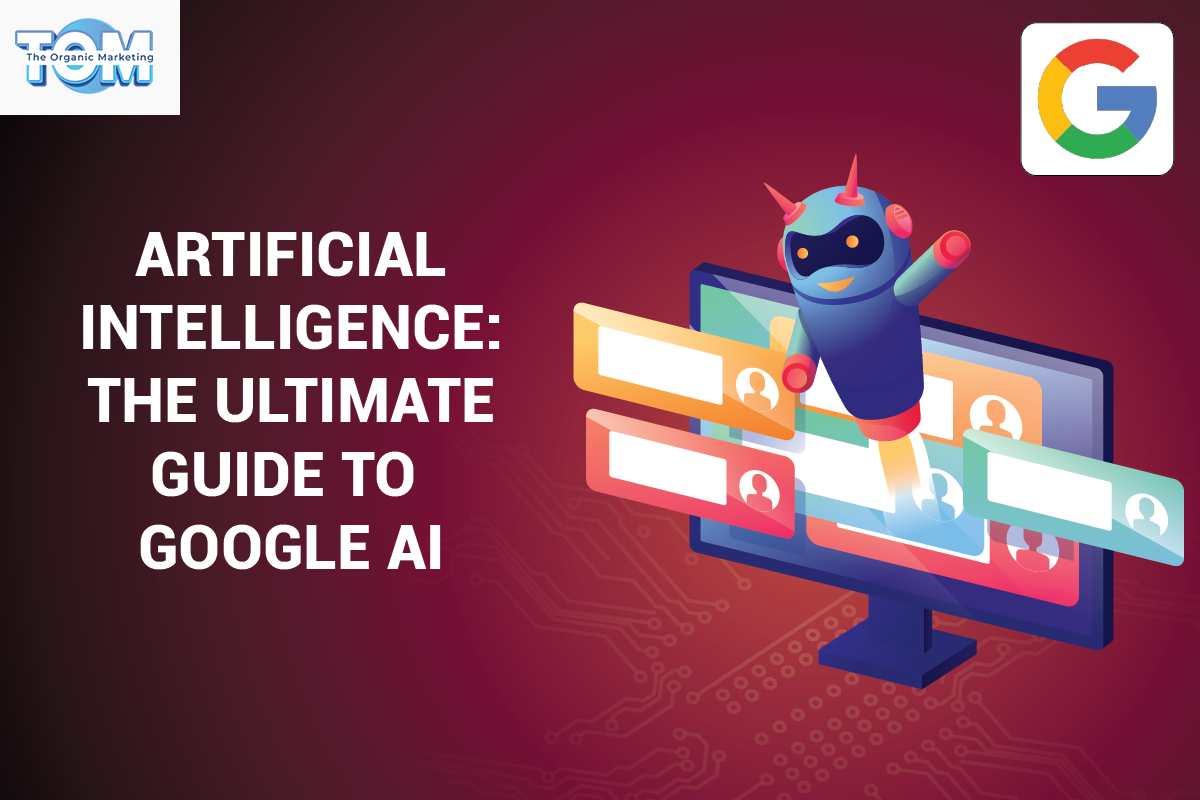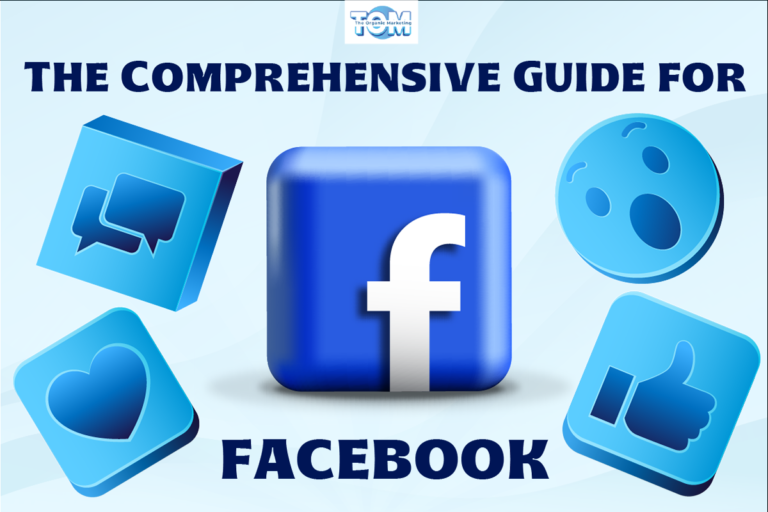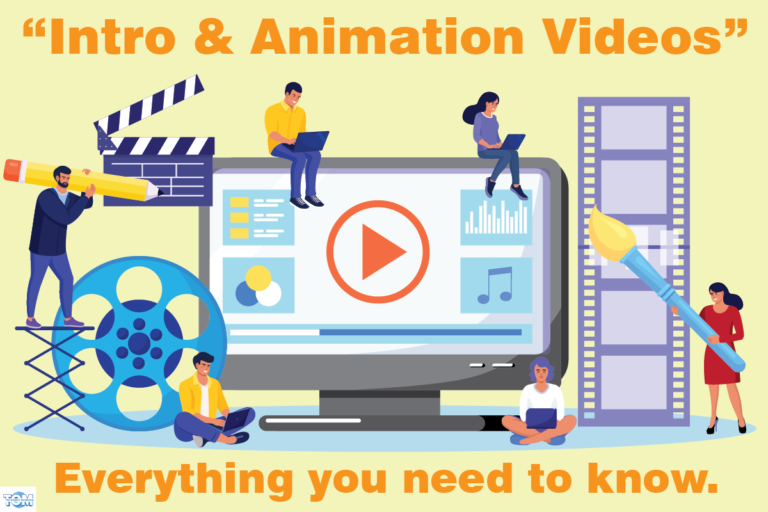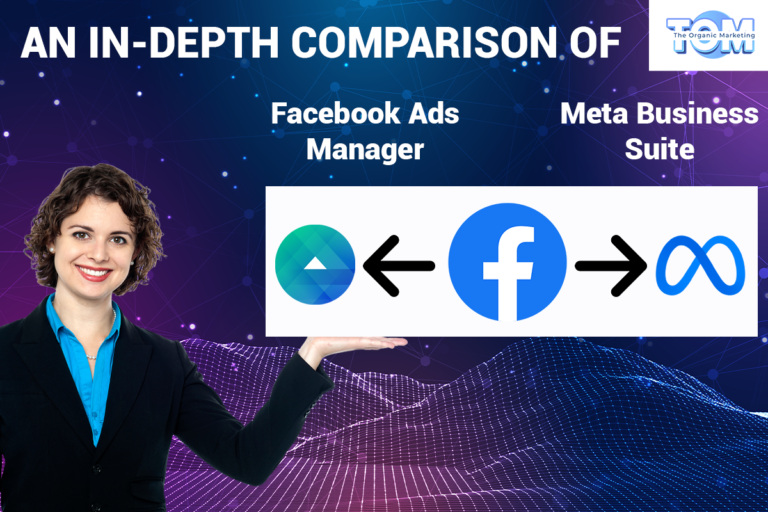Artificial Intelligence: Ultimate Guide To Google AI
Welcome to the world of Artificial Intelligence – A technology that has revolutionized the way we live, work and interact with each other. And when it comes to AI, Google is a name that needs no introduction. With its cutting-edge algorithms and breakthrough innovations, Google AI has been making waves in the tech industry since its inception. From self-driving cars (wamyo) to voice assistants, Google’s AI-powered products have become an integral part of our daily lives.
What is Artificial Intelligence?
Programming computers to make their own decisions is known as artificial intelligence. The benefits of artificial intelligence are vast. With it, we can create machines that can think and learn for themselves, allowing us to automate repetitive tasks and processes. Additionally, AI can help us make better decisions by providing us with more accurate and reliable data.
What is Google AI?
Google AI is a set of tools and technologies that enable developers to create intelligent applications. It includes tools for machine learning, natural language processing, and predictive analytics. Google AI is a suite of tools and services that allow developers to build, train, and deploy machine learning models in a scalable manner. There are many benefits of using Google AI. Google AI can help you improve your productivity, communication, and decision-making skills. It can also help you become more efficient and accurate in your work. In addition, Google AI can help you develop new insights and ideas.
Google AI Applications
Google has many features, and these features are updated regularly. Looking at the recent competitive market, Google has decided to take things to another level. At Google I/O, which was healed on May 10th 2023, it announced some features that it is going to launch by the end of the year. You may find some of the features available in only some parts of the world, as they are still in the building phase. Some of these features include:
- Google Maps: This application uses AI to provide users with turn-by-turn directions and traffic updates. Google has introduced a new feature of immersive view in 15 states around the globe. This feature will hopefully be available in every country, by the end of the year. With the help of “Neural Radiance Fields”, this function builds 3D models of places using various photos. Using it, you’ll get a full picture of a place, including the lighting, textures, and background.
- Google Search: This application uses AI to provide users with relevant search results. With Google Lens and other features, it has decided to add yet another feature called Google’s Search Generative Experience (SGE). It is a beta version of Google’s search engine that employs AI to produce contextual responses to challenging queries. You can use it to give factual statements, or conversational statements with follow-up questions and whatnot, plus you can also get some informational synopsis by using SGE.
- Gmail: This application uses AI to prioritize emails and suggest responses. At the Google I/O 2023 conference, Google unveiled a new feature for Gmail that would make it easier and faster for users to compose emails. This new function, called “Help Me Write,” creates email drafts based on user input using artificial intelligence.
- Google Photos: Google Photos uses AI algorithms to organize and categorize images, recognize faces, and create automated collages and animations. Recently Google has added another feature in Google Photos, called “Magic Editor”. A brand-new beta version of Magic Editor in Google Photos enables you to alter photographs more intricately using generative AI technology. You can modify the backdrop or foreground independently with Magic Editor, eliminate undesired people or objects, adjust colours, and rearrange topics.
Recent Google AI Innovations
For the past few months, Google has been in the news for introducing applications like Bard and PaLM 2. Let’s look at them in detail.
- Bard – The Google Bard chat app is an experimental, conversational, AI chat protocol. While Google’s service will use web-based information, it’s intended to function similarly to ChatGPT. Over 180 countries, including India, now have access to Google Bard
- PaLM 2 – The next-generation big language model, PaLM 2, builds on Google’s history of ground -breaking work in machine learning and ethical AI. Comparatively to earlier LLMs (Large Language Models), like PaLM (Pathways Language Model), PaLM 2 has a stronger grasp of human language and is able to break complicated tasks down into simpler ones. Additionally, it is capable of performing math and coding, classifying objects and answering questions, translating, and speaking many languages.
Conclusion
Artificial intelligence is quickly becoming a powerful tool that businesses and individuals alike are taking advantage of. Google AI is at the forefront of this innovation, offering an extensive suite of services to help automate mundane tasks and maximize efficiency.
To learn more about Google AI Applications, you can go directly to The Organic Marketing blog page.






